Optimal Timing for Forest Debris Removal
Understanding the optimal timing for forest debris removals is essential for effective management. The best time varies depending on seasonal conditions, weather patterns, and specific forest health considerations. Proper timing ensures safety, efficiency, and minimizes ecological disruption.
Spring is ideal for clearing debris before the growth season begins, reducing fire risk and promoting healthy regrowth.
Summer removals are suitable when debris has dried, but caution is needed due to increased fire risk and wildlife activity.
Autumn offers opportunities after leaf fall, facilitating debris collection before winter sets in.
Winter removals are possible in milder climates, but frozen ground can hinder equipment access and debris removal.
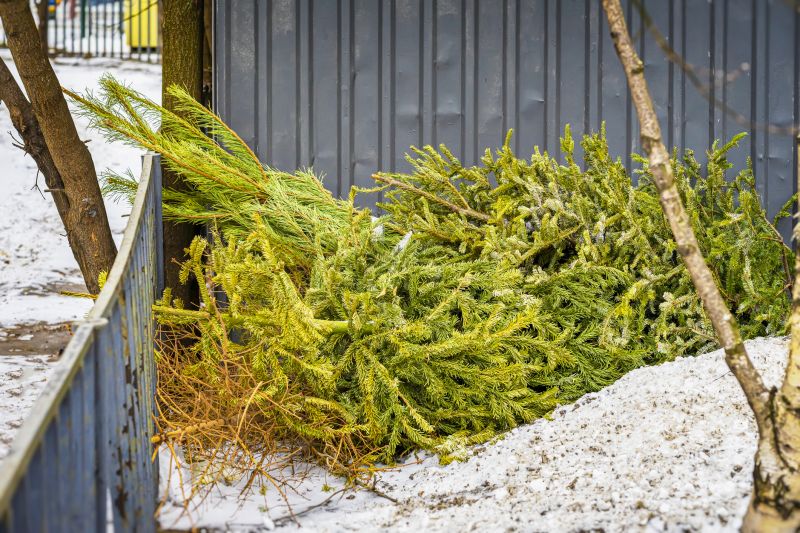
Ways to make Forest Debris Removals work in tight or awkward layouts.

Popular materials for Forest Debris Removals and why they hold up over time.
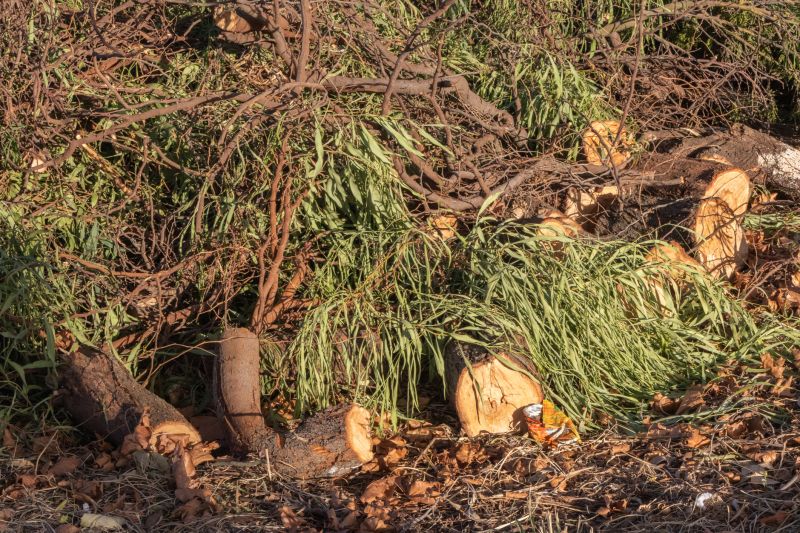
Simple add-ons that improve Forest Debris Removals without blowing the budget.
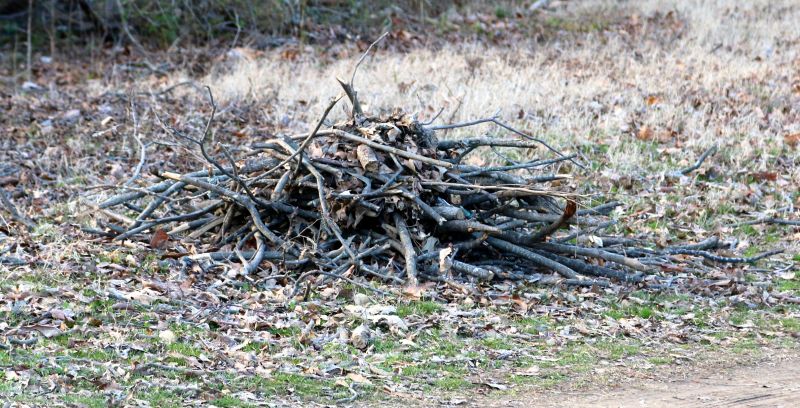
High-end options that actually feel worth it for Forest Debris Removals.
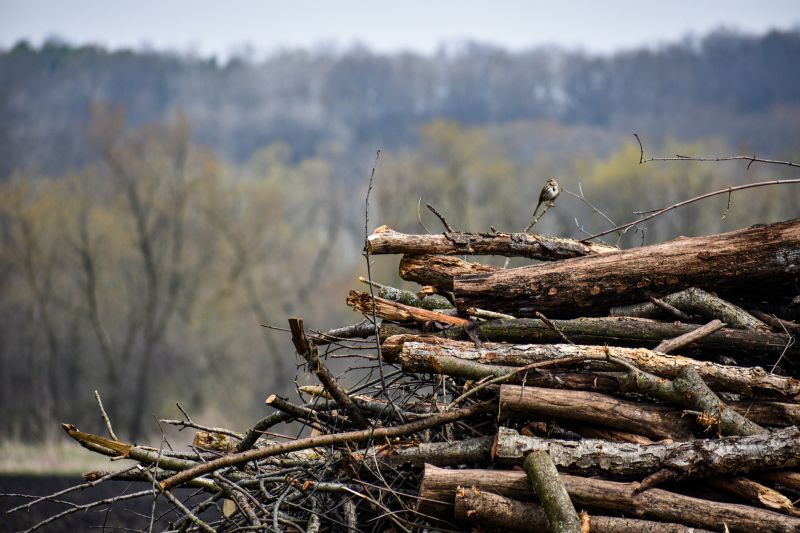
Finishes and colors that play nicely with Forest Debris Removals.

Little measurements that prevent headaches on Forest Debris Removals day.
Forest debris removal involves clearing fallen branches, leaves, dead trees, and other organic material to reduce fire hazards, improve forest health, and support land management goals. Proper timing ensures debris is manageable and reduces the risk of wildfires, pest infestations, and disease spread.
Statistics indicate that timely debris removal can decrease wildfire risk by up to 40%. Additionally, removing accumulated debris promotes better nutrient cycling and forest regeneration. Seasonal timing plays a critical role in maximizing these benefits while minimizing ecological impact.
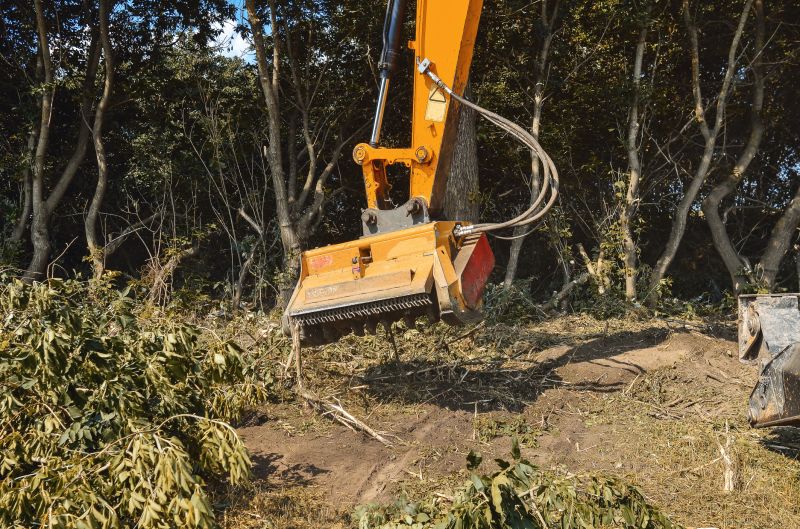
A 60-second routine that keeps Forest Debris Removals looking new.

A frequent mistake in Forest Debris Removals and how to dodge it.
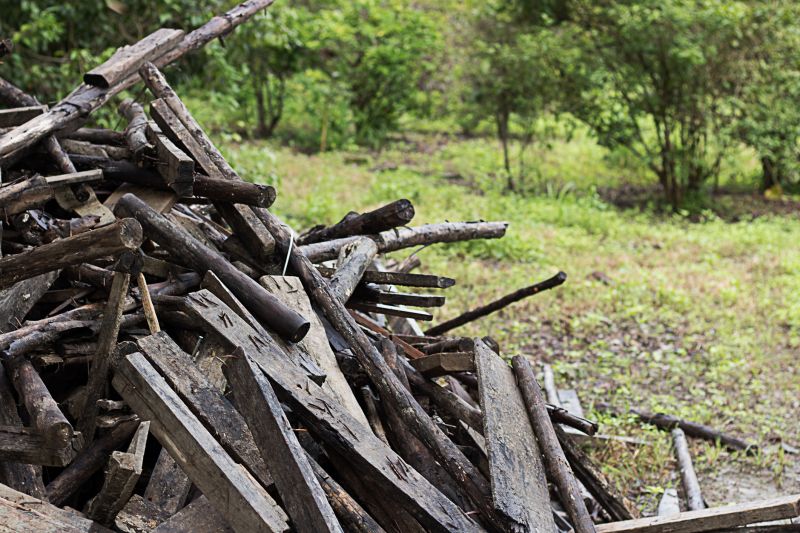
Small tweaks to make Forest Debris Removals safer and easier to use.

Lower-waste or water-saving choices for Forest Debris Removals.

The short, realistic tool list for quality Forest Debris Removals.

Rough timing from prep to clean-up for Forest Debris Removals.
| Season | Optimal Timing |
|---|---|
| Spring | Before the growing season begins, typically early spring. |
| Summer | When debris is dry and accessible, mid to late summer. |
| Autumn | After leaf fall, before winter weather sets in. |
| Winter | In milder climates, when ground conditions permit, typically late winter. |
For those interested in forest debris removal services, filling out the contact form provides an opportunity to discuss timing options and specific land management needs. Proper scheduling can enhance safety and effectiveness of debris clearing efforts.
